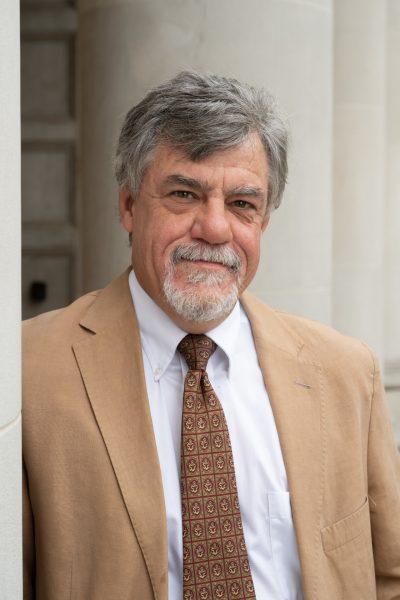
Growing up, I lived on a northern Kentucky farm with an invisible border. The farm itself had very real boundaries: the fences that separated our land from the neighbors, fences that kept the cattle out of the garden, the fields for hay and cash crops. But somewhere behind our main barn ran the dividing line between two counties, Harrison County where the main house sat, and Pendleton County, where the bulk of our 200 acres ran.
As a kid, I’d heard about this border (mainly while listening to adult conversations about taxes and such) and many times wondered just exactly where I’d have to stand to have one foot in each. If I could find just the right spot to stand, or if I jumped from one foot to another, would I be somehow a different person or see the world in a different perspective?
I never found that exact spot (this was the days before GPS) and many of my mind games were completely fanciful. Nonetheless, as I grew older I learned that this invisible border had very real impacts, and not just with adult things like taxes, fire protection, and law enforcement, but particularly on my relationships with friends. My best friend and many others I regularly played with lived on the Pendleton County side of the border. Though we lived so close together, they went to schools in that county that were a bit smaller and less well funded than the one I went to in Harrison County, and their opportunities, experiences, and outlook were considerably different than mine. Overtime, we grew apart, even to the extent of what colleges and universities we chose to apply to and attend.
Thinking about a line dividing two different territories is perhaps the most common way of thinking about borders. My example of that simple, invisible, and entirely artificial line behind our family’s barn shows how a border can be so many different things and have so many different implications once it is drawn. Borders define culture, opportunity, and identity. Some borders, of course, are visible and tangible, already there in the landscape, like the mighty Ohio River just beyond Pendleton County that separates the Commonwealth from its northern neighbors. Some reflect or reinforce the existing attitudes of the people inside/outside the bounded area. We also create borders on a smaller scale, the rooms in our domiciles and the offices in our work spaces.
As the pandemic has shown, these borders, too, can be both real and artificial and subject to changing rules and experiences. Many times over the last two years, even though I sat unmoving in my dedicated workplace at home, I’d use different background pictures - of the CSU campus, Clark, the University Center for the Arts - to establish a sense of work space, in effect bounding the work discussion with a symbolic border of my own choosing. These symbolic borders helped demarcate “home” from “work,” a useful distinction when one isn’t actually moving between spaces.
The point here is that a “border” can be a precise demarcation on a map, an experience or phenomenon, or divisions that separate or connect people. Because they can be so many things, borders are difficult to describe and conceptualize directly. Nonetheless, even invisible borders have tangible and measurable impacts, from taxes to (lack of) protection, to unforming friendships.

You will find some intriguing examples of how we in the liberal arts see borders operate in this issue of the CLA magazine. You can read about literal, physical borders within Asia, the US and Mexico, and learn about more metaphorical borders between sound and space, clay and place, and how personal identity is formed. Pick a story from your own home department for sure, but also consider crossing the borders of other departments and fields of study, too. Like the boy on the farm years ago, I still find joy in jumping across invisible lines in hopes of gaining new points of view. I hope you do, too.
Sincerely,

Benjamin C. Withers, Dean
Professor of Art History
College of Liberal Arts
Navigating Borders
From water to dance, science to film, clay to gender, the liberal arts helps us navigate the borders in our lives that are physical, metaphorical, or cultural.
